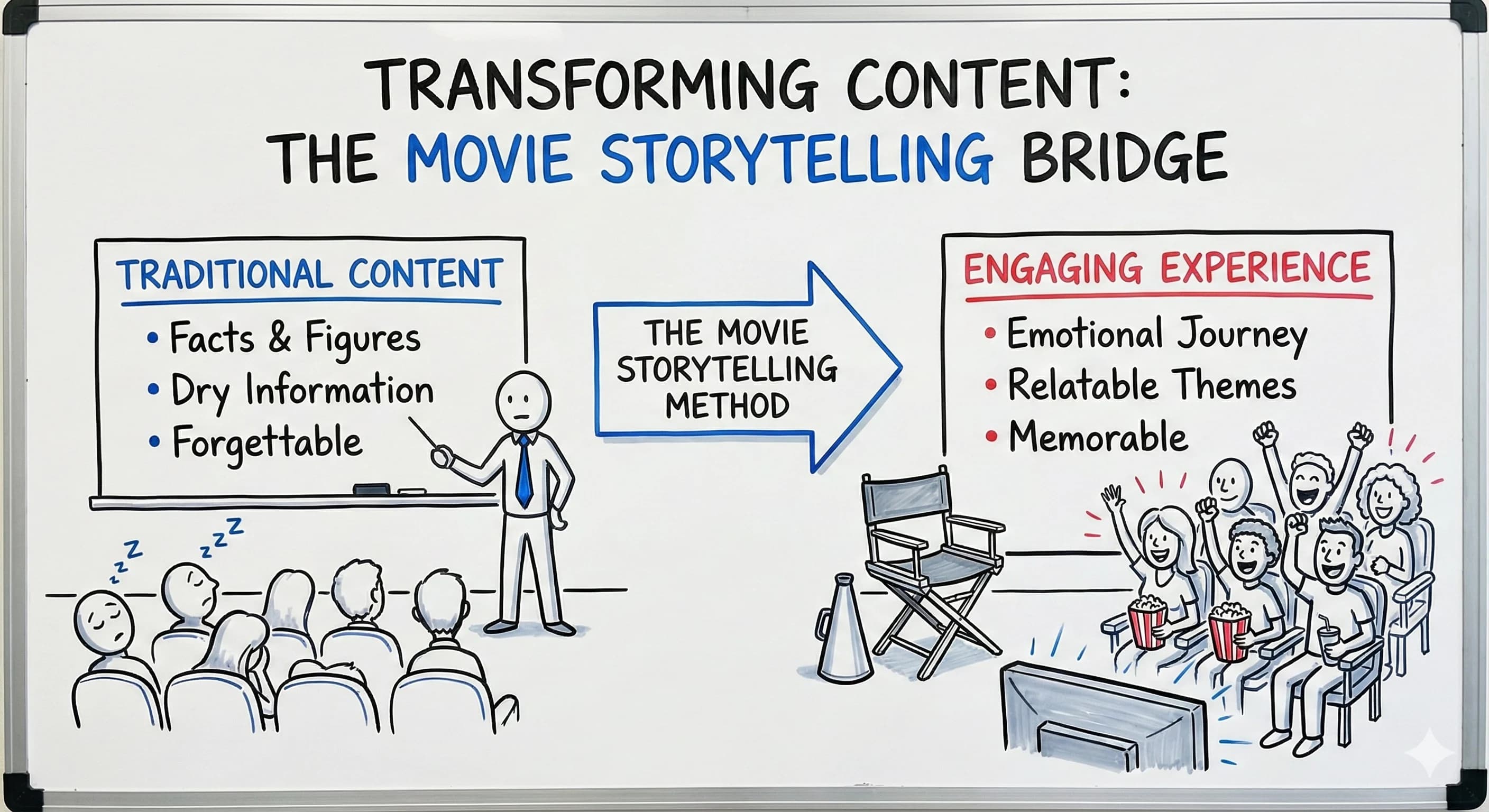How Movie Storytelling Can Transform Your Brand Content Creation Strategy for Maximum Audience Engagement
Learn movie storytelling methods that help content creators build stronger brand connections and create memorable experiences for audiences.
•5 min read
Details
Categories:
Topic:

Loading content...

